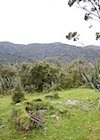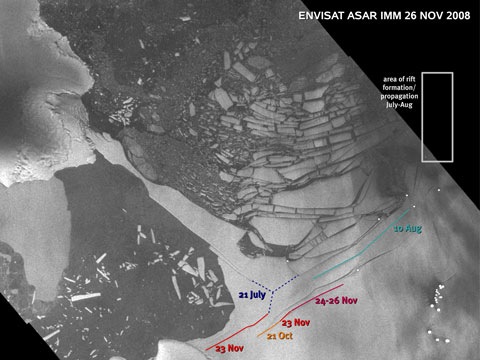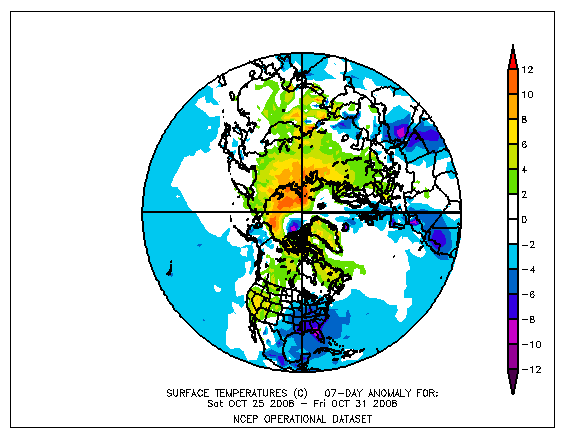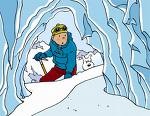 Forgive me this riff on impermanence. Last Sunday morning, my little group of middle-aged winos and winemakers (plus a professor or two) left the lodge in Martin’s Bay and crossed a serene Hollyford River on a jetboat. We walked along the edge of the bush on the spit, looking at Maori middens, layering in sand dunes, native plants and the succession from pingao to rimu, pondering the most recent ice age — which carved out the Hollyford valley — and the potential for rising seas to change this wonderful example of coastal ecology. Eventually we arrived at the site of the Mackenzie homestead – built in the 1870s by hardy settlers determined to make their lives in this wet and wild corner of what was then a new land to Europeans. All that remains is the stone fireplace, overgrown with grass, the vague outline of the walls, and some imported trees — the gums are doing very well. I pondered the lives of the settlers in the Hollyford and the scratches they left on the landscape, while New Zealand and the world grasped at bigger issues…
Forgive me this riff on impermanence. Last Sunday morning, my little group of middle-aged winos and winemakers (plus a professor or two) left the lodge in Martin’s Bay and crossed a serene Hollyford River on a jetboat. We walked along the edge of the bush on the spit, looking at Maori middens, layering in sand dunes, native plants and the succession from pingao to rimu, pondering the most recent ice age — which carved out the Hollyford valley — and the potential for rising seas to change this wonderful example of coastal ecology. Eventually we arrived at the site of the Mackenzie homestead – built in the 1870s by hardy settlers determined to make their lives in this wet and wild corner of what was then a new land to Europeans. All that remains is the stone fireplace, overgrown with grass, the vague outline of the walls, and some imported trees — the gums are doing very well. I pondered the lives of the settlers in the Hollyford and the scratches they left on the landscape, while New Zealand and the world grasped at bigger issues…
Continue reading “The sound of failure/It’s dark… Is it always this dark?”


 Time for an Arctic update and a bit of “original” research. There’s been quite a bit of polar news around, and a rapid freeze-up is underway in the Arctic – so rapid that
Time for an Arctic update and a bit of “original” research. There’s been quite a bit of polar news around, and a rapid freeze-up is underway in the Arctic – so rapid that  The latest satellite data shows that this summer’s snowmelt in northern Greenland was “extreme”, according to Marco Tedesco, assistant professor of Earth & Atmospheric Sciences at The City College of New York. From the press release:
The latest satellite data shows that this summer’s snowmelt in northern Greenland was “extreme”, according to Marco Tedesco, assistant professor of Earth & Atmospheric Sciences at The City College of New York. From the press release: